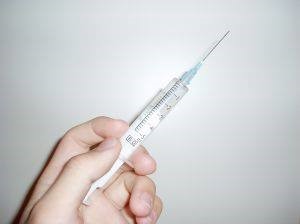
A new meta-analysis published in The Lancet Global Health finds that nearly one in three men around the world have one or more types of genital human papillomavirus (HPV) infection, and about one in five have at least one kind of high-risk HPV (HR-HPV).
Researchers from the Catalan Institute of Oncology in Barcelona, Spain, and the World Health Organization led the analysis of 65 studies involving 44,769 boys and men aged 15 years and older from 35 countries published from January 1, 1995, to June 1, 2022.
The study authors note that HPV is the most common sexually transmitted viral infection in the world, and research has shown that most sexually active men and women contract one or more genital HPV infections during their lives—most of them causing no symptoms.
Of the more than 200 types of sexually transmitted HPV, at least 12 can cause cancer, including cervical cancer. In men, HPV infection tends to cause anogenital warts and is linked to penile, anal, and throat cancers.
Prevalence peaked at ages 25 to 29
Worldwide, the pooled prevalence of genital HPV in men was 31% for any HPV type and 21% for HR-HPV. The most common genotype was HPV-16 (5%), followed by HPV-6 (4%). HPV prevalence peaked between ages 25 and 29, then leveled off or declined slightly.
Pooled HPV prevalence estimates were comparable in the UN Sustainable Development Goal regions in Europe and Northern America, Sub-Saharan Africa, Latin America and the Caribbean, and Australia and New Zealand. Estimates for East and Southeast Asia were half that of other regions.
These estimates emphasise the importance of incorporating men in comprehensive HPV prevention strategies.
The researchers said the results show that HPV prevalence in boys and men in young men is high and support that sexually active men of all ages are an important reservoir of the virus. "These estimates emphasise the importance of incorporating men in comprehensive HPV prevention strategies to reduce HPV-related morbidity and mortality in men and ultimately achieve elimination of cervical cancer and other HPV-related diseases."










